Kanghodong Baekjeong Dongdaemun(강호동백정 동대문)
8.9Km 2020-12-18
38 Eulji-ro 43-gil Jung-gu Seoul
+82-2-2278-7379
It is located near Dongdaemun Market. This Korean dishes restaurant is located in Jung-gu, Seoul. The representative menu is marinated grilled ribs.
Museé d'art Hwangi (환기미술관)
8.9Km 2021-03-27
63, Jahamun-ro 40-gil, Jongno-gu, Seoul-si
+82-2-391-7701
Le Musée d’art Hwangi (환기미술관) a été ouvert dans le but de rendre un hommage au peintre Kim Hwan-Gi (1913-1974), un des artistes coréens les plus réptés dans le style du modernisme.
Il commença par la peinture abstraite en 1930 et en 1950 en se servant de la nature comme inspiration afin de peindre les émotions de la Corée.
Au premier étage du musée vous trouverez une boutique d’art avec des écharpes, des cravates et autres produits dessinés par Kim Hwan-Gi qui sont mis en vente.
Bultaneun Gopchang (불타는곱창)
8.9Km 2021-07-20
8, Jong-ro 35-gil, Jongno-gu, Seoul
+82-2-3672-4885
This Korean cuisine is located near Jongno 5(o)ga Station, Seoul. The representative menu is assorted pork intestines/assorted beef intestines. A restaurant specializing in Korean-style grilled intestines.
THE HALAL GUYS - Gangnam Branch (할랄가이즈 강남)
8.9Km 2021-03-30
8, Gangnam-daero 69-gil, Seocho-gu, Seoul
+82-2-595-1800
This is a place that sells American Halal foods. This restaurant's signature menu is sandwich. This Western dishes restaurant is located in Seocho-gu, Seoul.
Hello apM (헬로에이피엠)
8.9Km 2020-05-09
253, Jangchungdan-ro, Jung-gu, Seoul-si
+82-2-6388-1114
Hello apM est un magasin situé à Dondgaemun dans le centre-ville attirant les jeunes en raison de ses styles frais et ses prix bas. Il est bondé toute l'année de jeunes venus du monde entier. Les négociations ont commencé à disparaître ces dernières années puisque les prix sont de plus en plus affichés, mais elles restent encore pratiquées par certains vendeurs.
Nunnamujip (눈나무집)
8.9Km 2020-06-16
136-1, Samcheong-ro, Jongno-gu, Seoul
+82-2-739-6742
Nunnamujip is famous for a North Korean dish called, “Kimchi mari guksu”, which is a noodle dish in cold kimchi soup containing toasted laver, a boiled egg, and sesame. The soup is refreshingly cold and a little spicy. For “Kimchi mari bap”, a bowl of rice is put into cold kimchi soup instead of noodles. The taste is very unique. In addition to Kimchimari, “Tteokgalbi” is a popular dish on the menu as well.
The main restaurant is located in the basement, which has only limited seating capacity with a few tables. As a result, many people usually wait in line for lunch or dinner. A second franchise has opened in a three-story building across the street. To enjoy a quaint atmosphere, the first establishment is better, but the new one’s interior design is much more modern and fancier, giving it a fresh altering look.
Saemaeul Sikdang Dongdaemun(새마을식당 동대문)
8.9Km 2020-10-30
B1F, 13, Jangchungdan-ro, 13-gil, Jung-gu, Seoul
+82-2-2274-0410
This is a Korean cuisine located in Dongdaemun Gate, Seoul. The best menu at this restaurant is pork bulgogi. Experience bulgogi, a Korean traditional dish.
Hangeureut (한그릇)
8.9Km 2021-03-18
136, Samcheong-ro, Jongno-gu, Seoul
+82-2-720-5613
A store that also serves delicious meat noodles. The best menu at this restaurant is rice soup. This is a Korean cuisine located in Jongno, Seoul.
Myeong-dong Alssam Jjukkumi VS Budaejjigae(명동 알쌈쭈꾸미 VS 부대찌개)
8.9Km 2021-04-09
13, Jangchungdan-ro, 13-gil, Jung-gu, Seoul
+82-2-2275-9023
It is a place where you can enjoy grilled jjukumi (webfoot octopus) with egg wraps. The best menu at this restaurant is sausage stew. This Korean dishes restaurant is located in Jung-gu, Seoul.
Exposition de la collection du Musée du Louvre (루브르박물관展)
8.9Km 2016-09-05
2406, Nambusunhwan-ro, Seocho-gu, Seoul-si
Cette grande exposition est la première du genre à être autorisée par le gouvernement français dans le cadre de l’anniversaire des 120 ans des relations franco-coréennes.
L’exposition se tiendra au Musée National de Corée qui fêtera son premier anniversaire. Le Musée National de Corée est l’un des six plus grands musée au monde.
A propos de l’exposition : Plusieurs chefs d’œuvres de différentes époques, du 16ème au 19ème siècle, seront exposés. Vous y verrez des œuvres de maîtres tels que Carracci, Tiziano, Poussin, Gérard Watteau, Ingres, Delacroix, Géricault, Corot et Millet...
En bref : L’exposition comporte 8 thèmes qui permettront aux visiteurs d’avoir un aperçu de la peinture européenne :
1. Le Bois sacré
2. L’Age d’Or
3. L’idéal classique
4. Du Caprice au sublime
5. L’Italie des peintres
6. La Chasse et la Guerre
7. Portrait et Paysage
8. La Nature pour elle-même
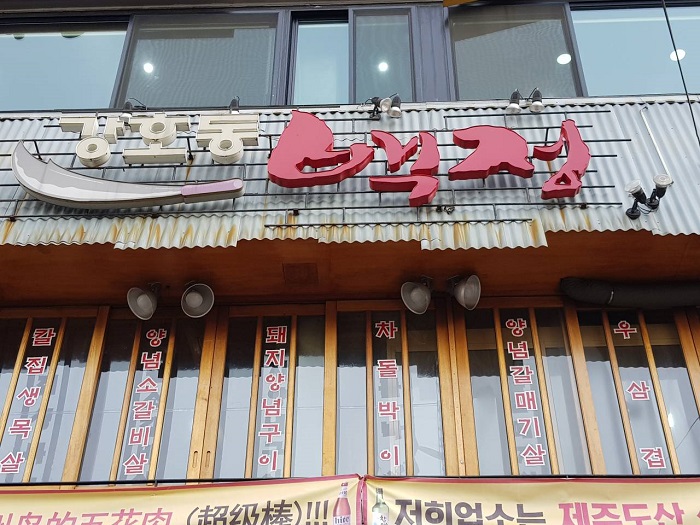
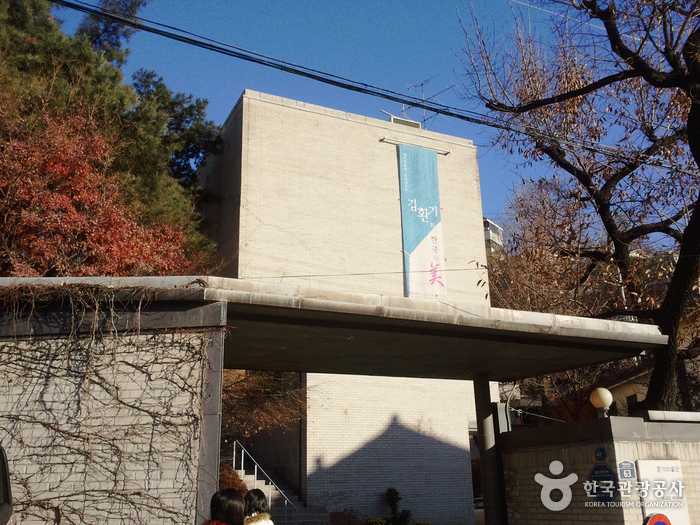
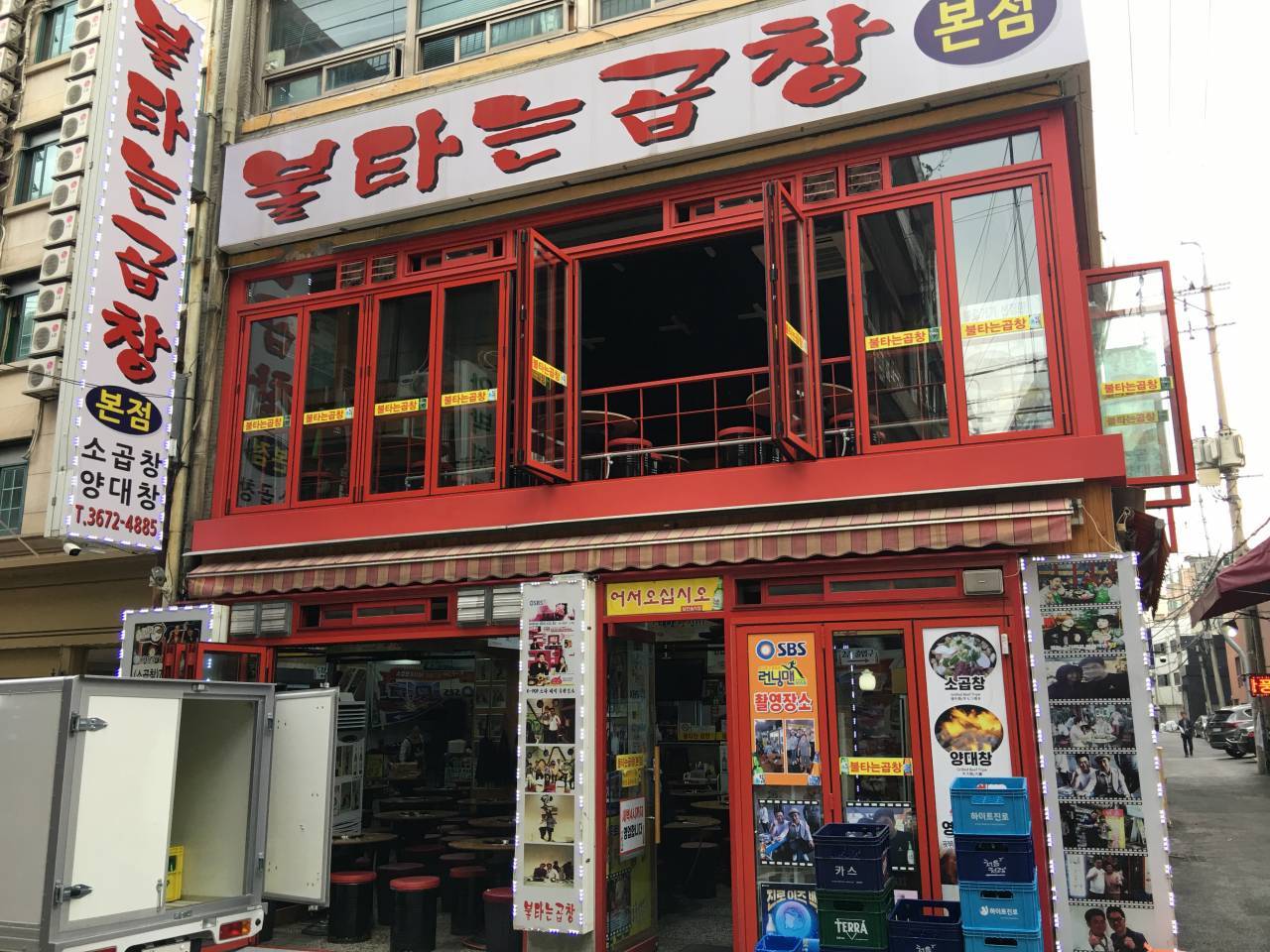
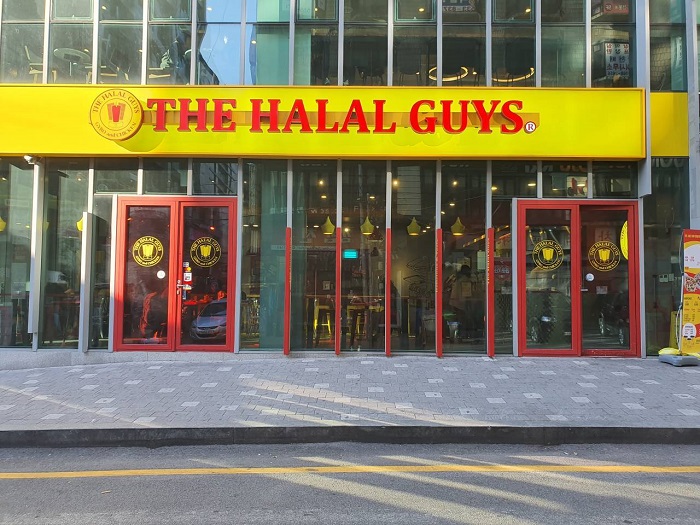
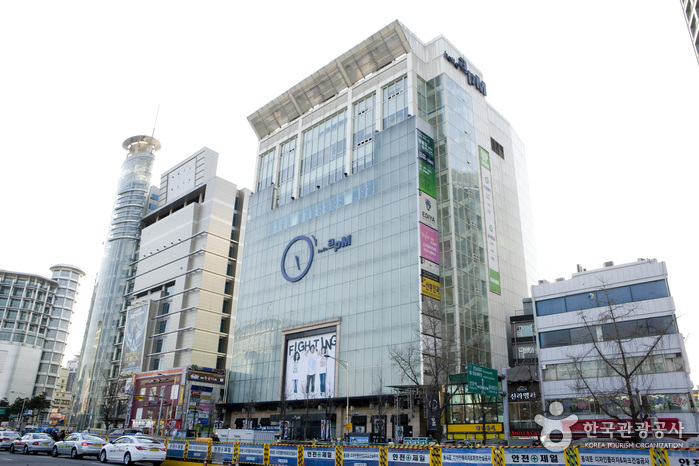
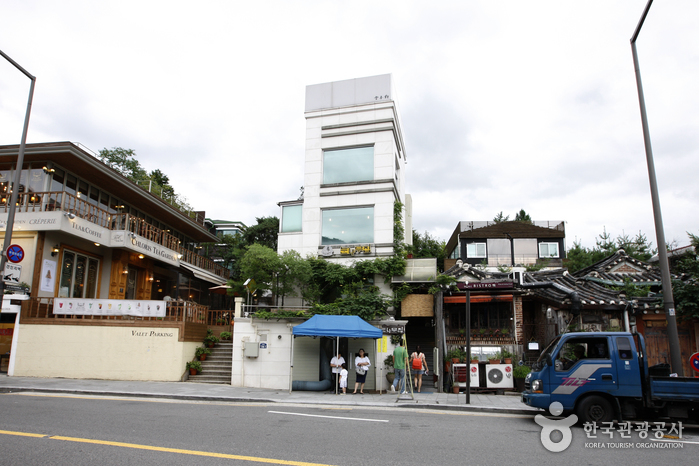
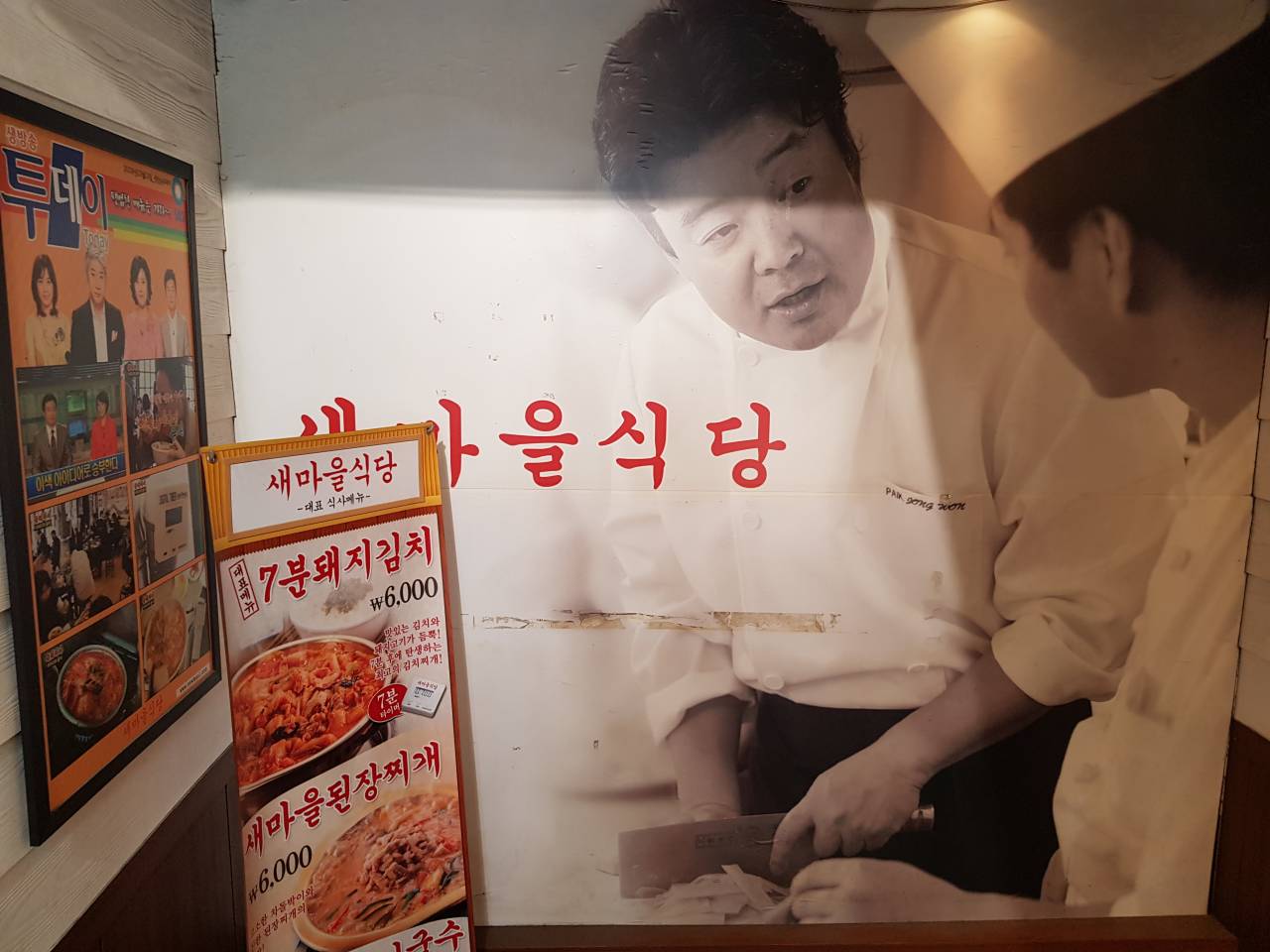
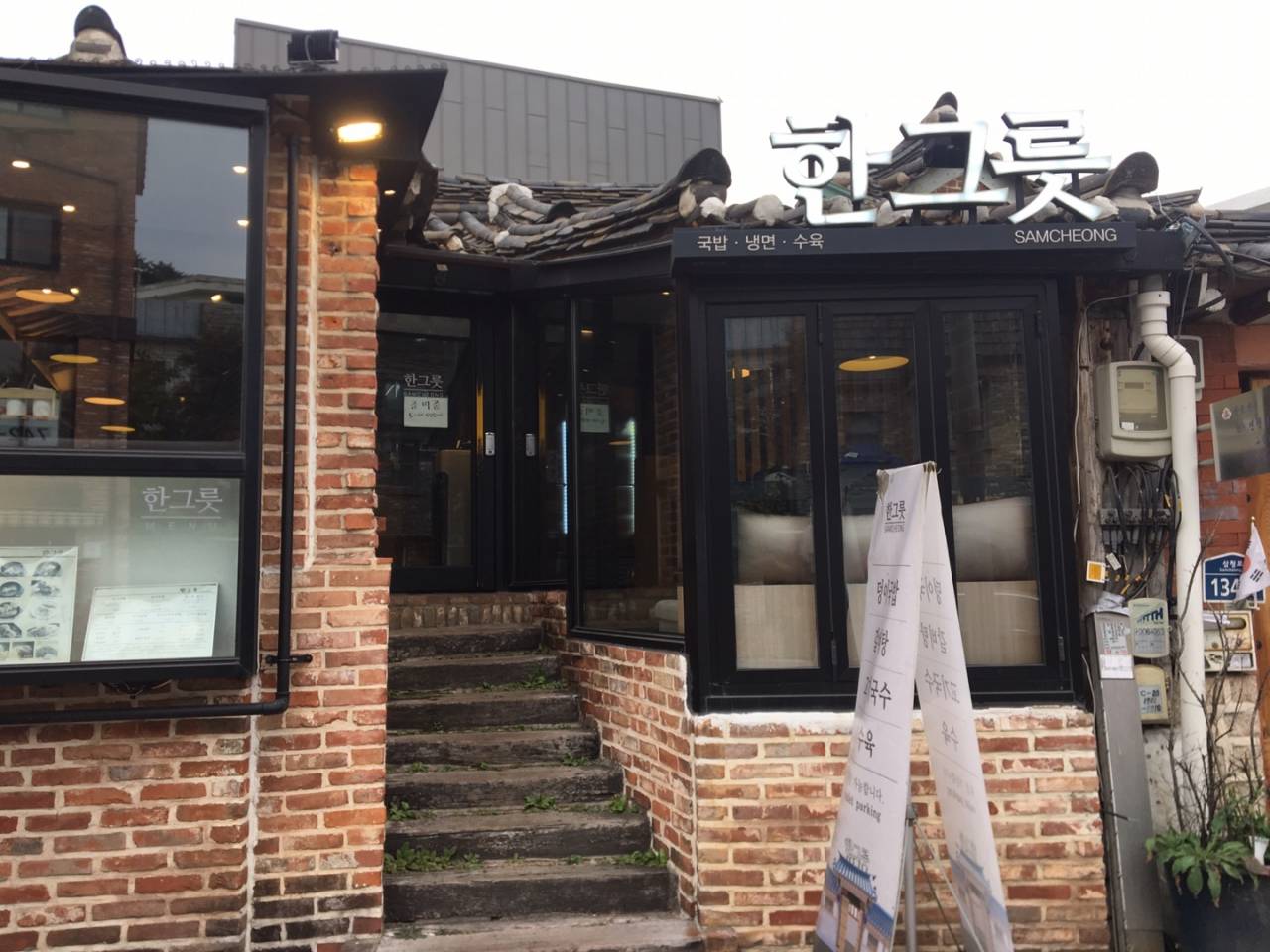
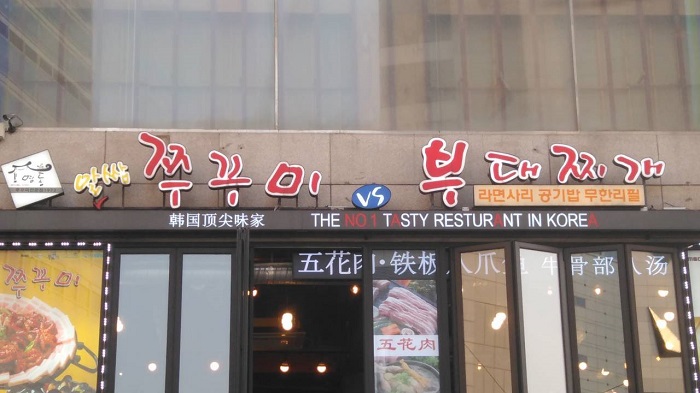

 Français
Français
 한국어
한국어 English
English 日本語
日本語 中文(简体)
中文(简体) Deutsch
Deutsch Español
Español Русский
Русский